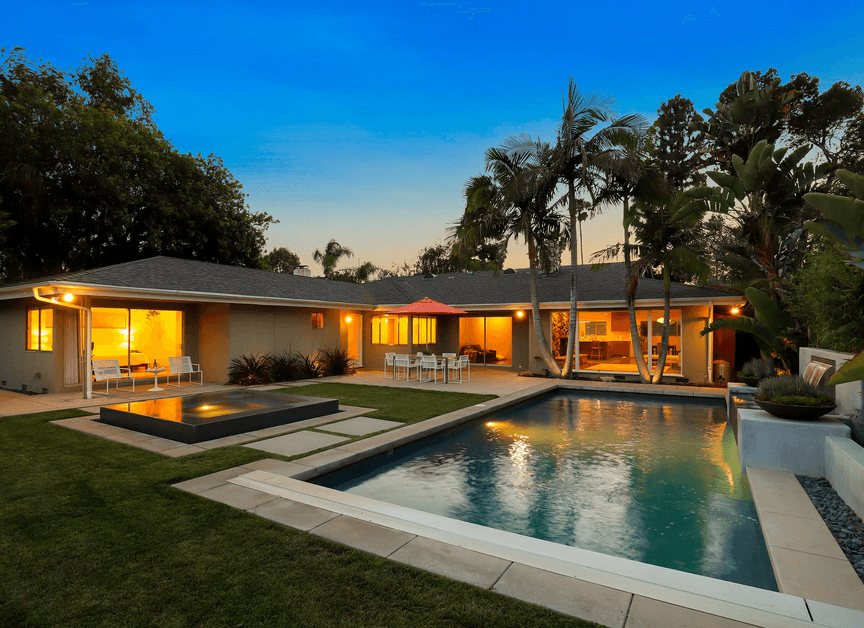Photography is something that requires sense of art and craft using a camera. It is always exciting for both beginners and professional photographers to explore and discover new things that give life and color to the world. In the field of interests like sports, events, nature, and others, it is always possible to improve photography skills with the time, passion, and dedication to it. One can be successful at a certain field of interest or two, or others can possibly be prosperous in many niche of photography.
One of the fields that is popular in demand is Real Estate Photography. It can be in the form of leisure or can be a work that gives many opportunities for a better life. This can be both a form of art and craft that leads to a progressive form of industry. It includes exterior and interior designing which could only mean detailed arrangement of objects and other factors necessary for the product. Its objective is to sell or rent a property.
The competition here might be really tough because of the increasing rate of interest in this profession and vocation. To market your products, you must have the edge and secrets toward creating valuable products and attaining constant customers. This entails specific technique and discipline. But how can you really be considered as an amateur real estate photographer or a professional one? Let us examine some of the features and characteristics of both.
Amateur Real Estate Photographers
Before being so concerned with the artistic and aesthetic entirety which includes the emotions of a professional photographer amateurs commit errors in the picture itself, and the purpose behind each is also affected.
1. Lines. An amateur real estate photographer could not use lines properly. Vertical lines converge while horizontal lines are not aligned properly, resulting into an angle that frames the property incorrectly. This affects the interior shot where the structures seem leaning in toward each other.
2. Perspectives. They tend to shoot a weak one-point and two-point perspective. One-point perspective shot of an amateur photographer does not converge on a single vanishing point. While for two-point perspective, they could not use the diagonal lines in creating a clear and dynamic shot. Failure to shoot correctly these perspectives will make the photo unattractive and boring.
3. Contrast. Using a flash in shooting may deter the attainment of a good quality photo especially if the flash was shot toward the subject without diffusion. Amateur photographers could not use the color contrast and tonal contrast well. This happens because of improper use of light and dark tones that complement to the quality of the picture.
4. Balance. This pertains to the improper removal of unrealistic color cast and inappropriate use of light sources with different temperatures which results to an imbalanced image.
5. Shadows. Dark rooms are caused by hard and heavy shadows. This is not ideal for real estate photography since buyers look for a stunningly bright picture.
Professional Real Estate Photographers
While amateur real estate photographers commit mistakes in the basic skills of photography, professional ones enjoy the art and express the craft exquisitely amazing.
1. Artistic. They direct their own art. They capture the right image and know exactly what the buyers are looking for before they actually take the shots. They rearrange room that is suitable for the buyer’s taste by adding or removing objects that will complete the detail of the product.
2. Wider Perspective. They are masters when it comes to angles and lightings. This makes the picture extremely desirable for the buyer because the best structures are taken into account. It is possible due to a preparation and setup that counts hours or even a number of days. They analyze the scene’s structure inside and out, and the lights and exposures as well for them to decide what tools they must use in the shoot.
3. Detailed. They decide what elements and details are to be included in the shoot. Spaces and forms for three-dimensional effect are utilized to create an appealing image to the target buyers.
4. Decision-maker. Out of all the shots, they can decide whether what shot can be considered the best for editing and enhancement, typically those shots that will serve different purposes.
5. Editors. They can add up some details they missed in the photograph using any enhancing software like Photoshop or Lightroom which makes the picture more powerful, vibrant, and interesting to buyers.
